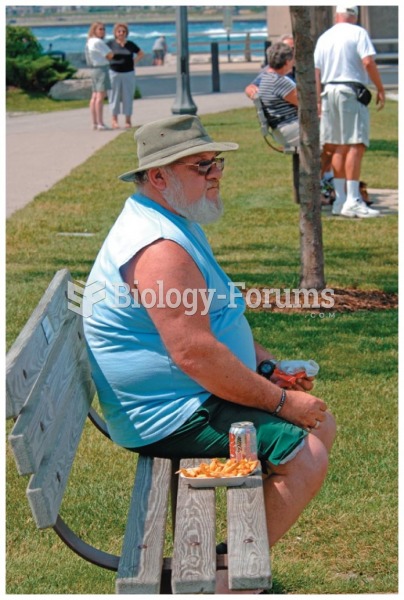Answer to Question 1
Tides are the twice-daily oscillations in sea level. Tides are produced by the gravitational pull of both the Sun and the Moon, though the Sun's influence is only about half that of the Moon's due to its greater distance from the Earth. This gravitational pull affects the Earth's atmosphere, oceans, and lithosphere. The stretching large tidal bulges. The Earth's surface rotates into and out of the tidal bulges as the Earth changes its position in relation to the moon and sun. Every 24 hours, 50 minutes, any given point on the Earth rotates through two bulges as a result of this rotational position. As a result, coastal locations experience two high (rising) tides and two low (falling) tides, called flood tides and ebb tides respectively. The difference between consecutive high and low tides is the tidal range. The range is greatest when the Earth, Sun, and Moon are in conjunction or in opposition. This is the spring tide. When the Earth, Sun, and Moon are neither in opposition or conjunction, there is less tidal range called the neap tide.
Answer to Question 2
Seawater is a solution. The concentrations of dissolved solids in seawater is known as salinity. Seawater has a rather uniform chemical composition, which is affected by the atmosphere, minerals, bottom sediments, and living organisms. Seven elements account for more than 99 of the dissolved solids in their ionic form: chlorine (CL-), sodium (NA+), magnesium (Mg2+), sulfur (SO42-), calcium (CA2+), potassium (K+), and bromine (BR-). The average worldwide salinity of seawater is 35. However, the values actually vary worldwide from about 34 to 37. Areas with freshwater inputs (equatorial regions, near coastlines) tend to have lower salinity, whereas areas with high evapotranspiration (e.g. subtropical high areas) have higher salinity.







